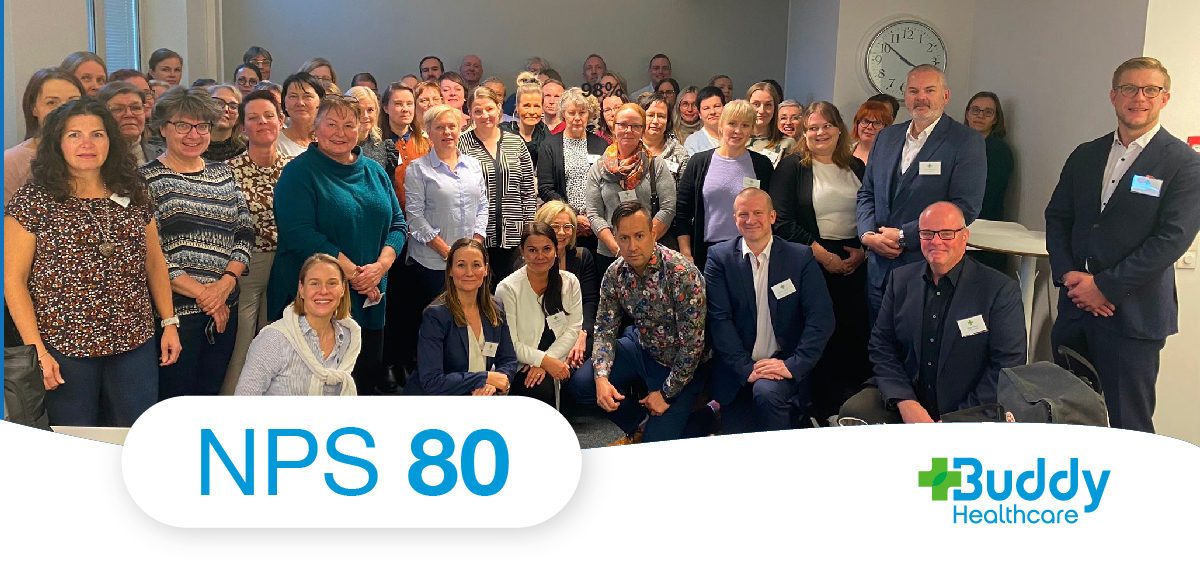Dr. Q - managing surgery queues through automation
Nobody likes to wait in line. Least of all when it comes to matters of health. And even though many of us may be used to queuing for a doctor’s appointment or speciality consult within the typical parameters of the healthcare system as we have known it, none of us have ever been faced before with the worldwide waiting marathon brought upon us by the continuing Corona-crisis.
Why are the surgery queues so long?
In our last blog we addressed how problematic the issue of backlogged surgeries has become. In said post, we discussed that in the UK alone, the estimated cost to recover from the losses of postponed surgeries will likely exceed an incredible 5 Billion pounds. In fact, many consider the surgery backlog a disaster of equal socio economic magnitude as the Covid-19 crisis. As of today, the two crises are irrevocably tied to one another and cannot, at this point, be any longer regarded as two separate issues.
Due to the COVID-19 pandemic and the accompanying increase of safety measures, hospitals have been forced to postpone elective surgeries in order to compensate for the reduced capacities and newly enforced restrictions. This has and will continue to cause a staggering rise in the number of waitlisted surgeries and with that a large part of the population are finding themselves unable to get treated within the recommended or required time frame, depending on their condition.
It is not only patients, however, who are finding themselves in dire straits. Every single one of the deferred procedures and surgeries bring with it an additional administrative and organizational workload for those at the front lines of clinics and hospitals trying to coordinate this not-soon-to-be-solved healthcare dilemma. Whether it is making additional phone calls to reschedule patients, assessing and documenting symptoms to qualify patients for surgery, or renewing existing piles of documentation because the validity of them has expired due to the long appointment waiting times.
In a recent McKinsey survey of health system leaders, hospital executives said they may struggle to address this backlog given workforce availability, enhanced sanitation protocols, and reserved inpatient capacity. Not only are there limited human resources available to manually gather patient data for multiple patients simultaneously, but the operating room booking availability has been drastically reduced, with clinics and hospitals often running at only 40% capacity for non-emergent surgeries, and this of course lengthens surgical wait times.
We are, factually, in a permanent state of delay for needed medical procedures for millions of people across the world. This is not a short-term hick-up. This is a new status quo and we cannot waste time on implementing new strategies to help solve this mess. A May 2020 study of orthopedic surgery volumes by the Journal of Bone and Joint Surgery suggested that even under the most optimistic scenario, the United States may face a cumulative backlog of more than a million total joint and spine surgery cases by mid-2022.
Hospitals and clinics must start rethinking their current processes and assess available tools to create strategies responding to the long surgical waiting lists.
How can automation help with surgery queues?
Automation: the technique, method, or system of operating or controlling a process by highly automatic means, as by electronic devices, reducing human intervention to a minimum.
As the enormously high numbers of backlogged surgeries are closely related to human resource capacities, a digital solution would lend itself to aiding in a reduction of the manual workload being placed on hospital staff. By streamlining, digitizing and automating certain aspects of the existing processes, resources could be otherwise relocated to areas of need such as direct patient care, education and essential documentation. All other components of a patient’s surgical carepath that can be outsourced to a digital solution, should be outsourced, in order to help automate as much as possible along the entire patient journey.
This can include automating pre- and post-surgery care coordination, making for fewer phone calls and less paperwork. Digital automation can improve early cancellation and no-show identification of potentially ill-prepared or otherwise non-eligible patients. Furthermore, patient safety can be improved by identifying contagious patients before they arrive at the hospital and providing more efficient new patient scheduling after cancellation for any of the aforementioned reasons. Automation does not replace the true interaction between provider and patient. There will always be a need for direct interaction. This can happen in person, or if needed through digital, secure pathways, saving time and resources for both patient and hospital.
The BuddyCare Platform in a nutshell
We, at Buddy Healthcare have developed the BuddyCare solution as an easy-to-use mobile application to help patients easily navigate their care process, while simultaneously offering healthcare professionals real-time, at-a-glance dashboard visibility of all patients and their preparation status. This helps providers to identify at-risk patients, potential cancellations and likely no-shows or other challenges. The BuddyCare patient-facing app sends scheduled information and tasks through push notification reminders to all mobile app users. Patients also receive checklists, pre-assessment forms, alerts, timely education and if needed symptom checking questionnaires via the app. The more efficient and automated process ensures that patients are at the right place at the right time, and properly prepared. And all remotely, and with as little direct contact as possible, to ensure optimal infection control.
The dashboard for clinical staff allows automatic questionnaire and form collection and reporting, with collection of data for analysis. The platform guides, instructs, and collects forms from the patients. Furthermore, important data from various questionnaires are automatically saved for future evaluation and analysis. And while our all-in-one solution provides an easy & fast patient preparation & recovery monitoring, we customise the system around your clinic’s practices - all the way to integrating it into your existing systems if desired.
What if infection numbers rise again?
If the coronavirus incidence rate continues to rise when postponed surgeries are planned to resume, surgical units need to be able to check in advance if patients arriving for surgeries are symptom free in order to optimize workflow and avoid unnecessary delays. Additionally, care teams need to find tools to support them in their overall patient care processes.
With the BuddyCare software, we have even developed a COVID-19 symptom tracker that can help hospitals in identifying patients with symptoms. It can be integrated into the patients’ mobile app on short notice. Check out our COVID-19 software demo for getting a better idea of the symptom tracker: https://vimeo.com/407506346
Time Savings
What we are lacking more than anything right now, when it comes to resuming postponed surgeries and reducing the enormous surgical backlog, is time. In the past, it was often already a struggle to maintain hospital and patient workflows within optimal time frames, and this was before we were facing a global infectious disease bringing life to a screeching halt.
Time-saving, resource-extending measures are more crucial than ever in order to get millions of anxious and suffering patients the care they need in a reasonable time.
The BuddyCare platform has received outstanding results and feedback from care units and patients alike all across Europe and the world. For example, the 2nd largest hospital in Finland, Tampere University Hospital has achieved the following results:
- 98% reduction on pre-op phone calls
- >1-hour pre-op preparation time saving per patient
- 50% more pre-op patient capacity in a same timeframe
By sending forms & questionnaires to multiple patients’ phones automatically, patients can complete these questionnaires digitally, wherever they are. This means less phone calls & mail by clinical personnel & way faster pre-op preparations.
Of course, perioperative care doesn’t limit itself to pre-op phase, and we have therefore prepared for the recovery process as well. This way we can automate patient data exchange along the entire patient pathway.
Lastly, poorly informed patients tend to seek guidance from providers in person, to get reassured about their condition. Due to the new safety guidelines in hospitals and clinics, avoiding unnecessary visits by patients to a medical establishment is of utmost importance in making time and space for other patients needing care urgently. Guiding and informing these patients remotely would reduce the need for unnecessary, in person appointments.
So, unclog the waiting room, do more to prepare patients at home before arriving at the clinic and digitize and automate processes so that your patients can get the care they need as soon as humanly and digitally possible.
Source:




